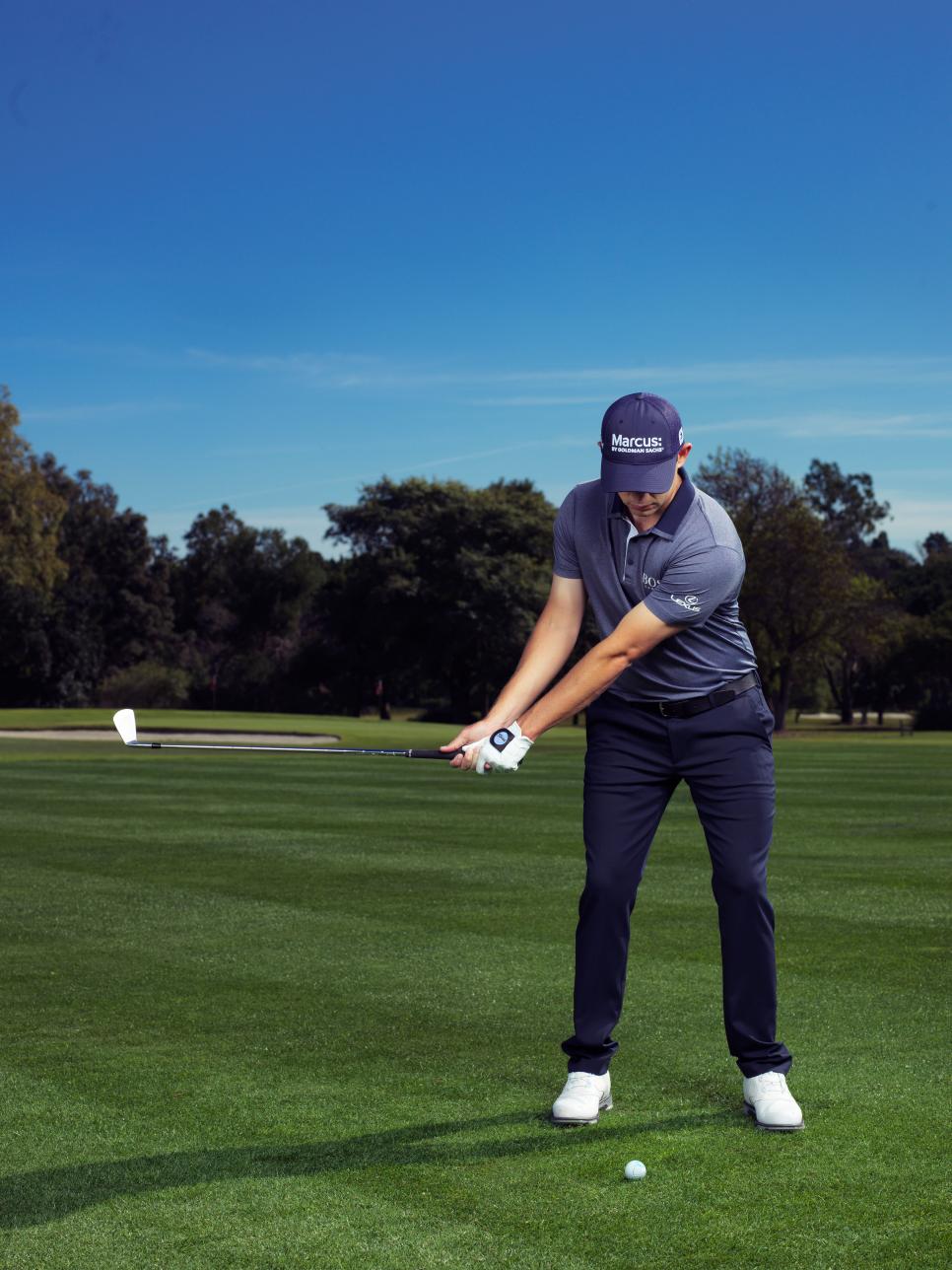Instruction
Patrick Cantlay's keys to being a better ball-striker

Cody Pickens
Editor's Note: This is an excerpt from our Patrick Cantlay cover story, which is available in full for free through our digital edition app. You can access Issue 5 of Golf Digest in its entirety digitally for free.
You might not believe this because I don’t smile very much on the golf course, but the truth is, I love this game. I really enjoy myself out there. Specifically, I love the process of improving and becoming a better ball-striker. Understanding the work you need to do to get better, understanding your body to give you more control and power, understanding the swing in a way that makes it simpler—all of that is interesting to me.
Because I enjoy the intensity of this game and the process of getting better every day, I can’t imagine doing anything else. I’ve been like that from the beginning—even when I was 7 years old and sitting on the range at Virginia Country Club, bugging tour pros like John Cook, Paul Goydos and John Mallinger about how they played. I consumed every bit of what they said. Same goes for their teacher and mine, Jamie Mulligan. He says my game is a hybrid of all the players he has worked with and been connected to, tracing back to Ken Venturi, Byron Nelson and Ben Hogan. I don’t know about that, but I do think all great players are energized by the search to simplify their swings so impact is more powerful and consistent.

Cody Pickens
I don’t get bogged down in the technical parts of my swing all the time—that’s what a teacher like Jamie is for—and I think that’s the right thing for you, too. Good ball-striking is a result of making your swing simpler. To help with that, Jamie has broken down mine into four key parts, and I’m going to show you the language we use to make my move more efficient, more intuitive and more repeatable. I had to make my swing better and smarter to compete again after a fracture in my back kept me on the sideline for three years. But that process led me to crack the top 10 in the World Golf Ranking and the top 20 in 50 ball-striking categories on the PGA Tour in 2019.
I hope what I work on brings about a simple, cohesive and consistent swing that you can rely on, too, so you can enjoy your game as much as I’m enjoying mine.
1. TAKEAWAY? NO, “MOVEAWAY”

Cody Pickens
When I take my address position, you’ll see my feet moving, my head turning, my arms and shoulders adjusting. That’s not nerves. It’s about getting ready to make an athletic move free of tension. Instead of thinking about the first move in the swing being the takeaway, which sounds like you're grabbing the club and pulling it away from the ball, I prefer what Jamie calls it—the “moveaway.” My body turn is what moves the club back (above), so there’s no excess activity in my hands or wrists to get the club in the proper position. I want a big swing arc. I have naturally long arms that could give me width and extension to start the backswing, but I want the proper position of my hands and arms to be the result of the way I’ve rotated my upper body. My left arm’s relationship to my body doesn’t change, and you’ll later see how that position is nearly mirrored as the club moves past impact into the follow-through.